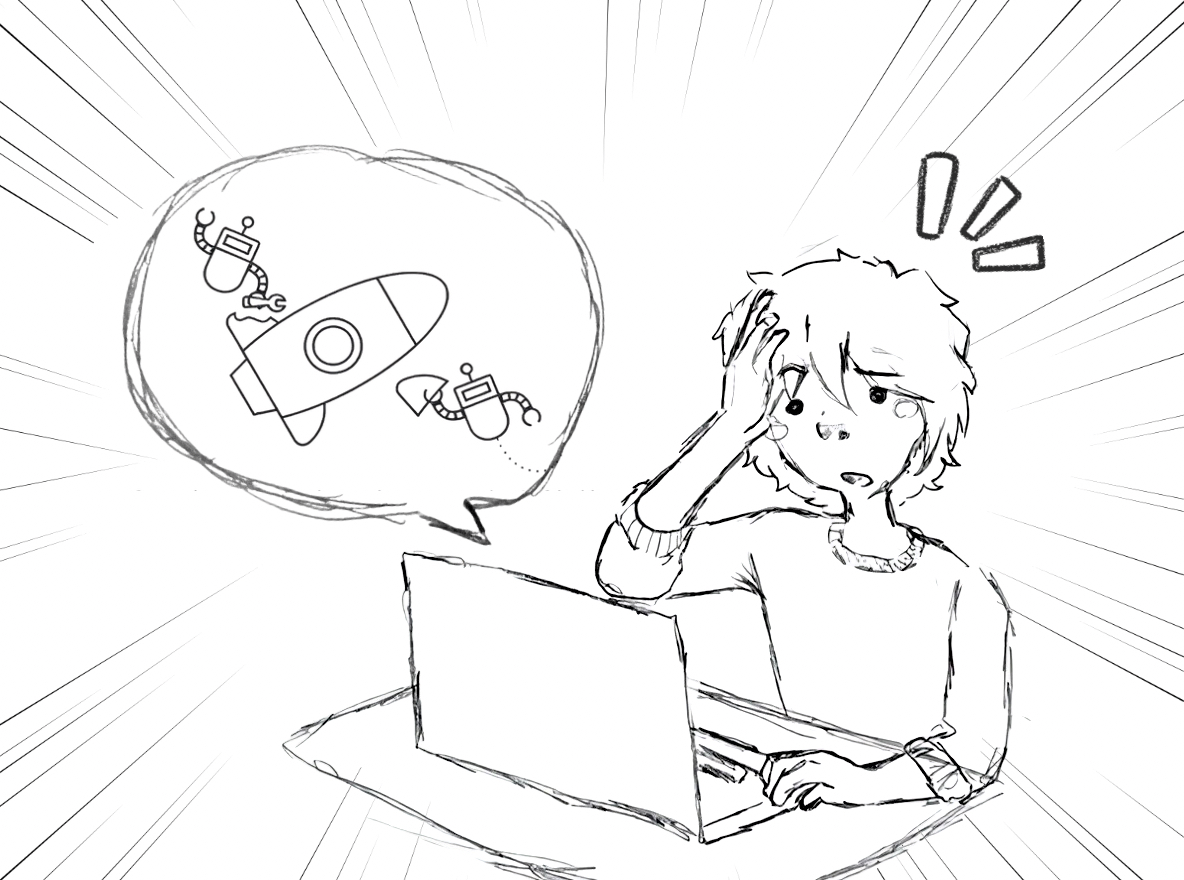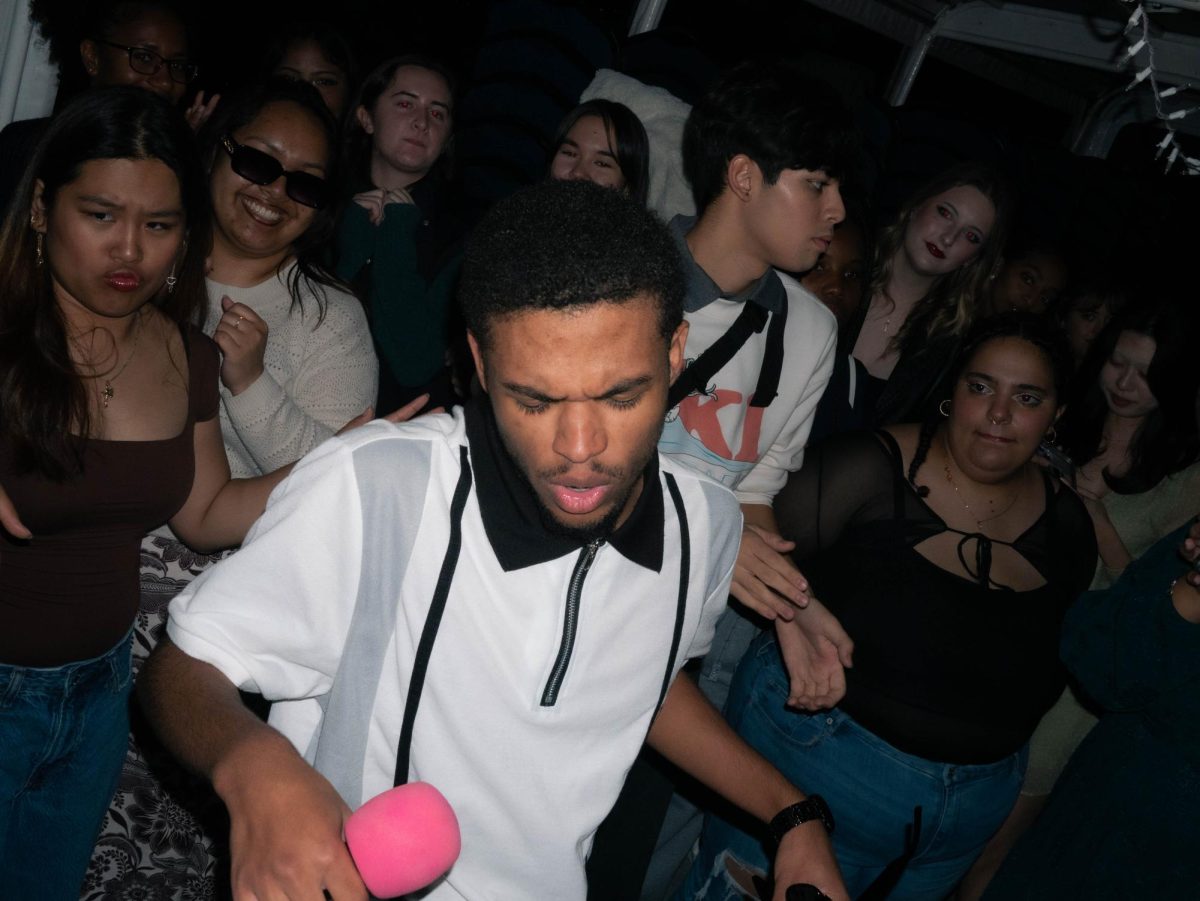Facing Thanksgiving’s faded history
Ending native erasure, telling the truth about the holiday

Our teachers and parents told us the story of the pilgrims, who sailed to America on the Mayflower, searching for religious freedom and a new beginning. When they arrived, the native people of the Wampanoag tribe greeted them with open arms.
They taught us that pilgrims did not know how to farm in this new land, but the Wampanoag were happy to teach their new friends everything they knew. When harvest time finally came, the two peoples sat down together for a feast to give thanks for all the good things that had been given to them. We were told this was the first Thanksgiving.
But that is not the whole story.
This account is a twisted version of events written to erase the real horrors of what happened next in the tale of eurocentric American history.
Americans like to believe that we are exceptional because we have “freedom.” In order to convince ourselves of that, we cover up the history of an entire people whose freedom we stole. Now, it is our responsibility to decolonize the story of Thanksgiving and end the cycle of native erasure.
From a young age, we are all indoctrinated to believe that our nation was built on thankfulness, family, and friendship. In reality, it began with the dehumanization and disregard of an entire people.
Europeans had been trading with the native people for a hundred years before the Mayflower arrived in present-day Massachusetts. But trading was not enough for the Europeans, and they began to kidnap natives and take them back to Europe to be slaves.
In January 1621, the pilgrims arrived in the New World and began building their settlement. A few months later, the Wampanoag sent a messenger to the Europeans, greeting them. The two groups were eager to trade with each other, and they began to do business with one another.
Sadly, this is not where the story ended.
Over the next twenty years, more and more Europeans came to the New World and built settlements. Many of these new settlers were Puritans, and viewed the native peoples as savages and godless, despite the complex religious and social structures the natives had built.
The Native Americans believed the land should be shared and should contain no borders. The Puritans began to take it over because they saw the native people as barbarians who had neither the resources nor the civility to cultivate it.
Not only did the Puritans take the land, but they also began to take native lives.
In 1637 the settlers set fire to a Pequot fort, killing 400 men, women, and children. Only seven people survived the massacre and were then sold into slavery.
So yes, the pilgrims of the Mayflower and the Wampanoag did sit down to a feast in 1621, but it was not the beginning of a prosperous friendship. It was the beginning of years of killing and white imperialism.
Conditions for the native people of America did not get any better from this point on.
After centuries of genocides, war, and broken promises, President Andrew Jackson signed the Indian Removal Act in 1830, which forced tribes living in the South to leave their ancestral lands and travel, mostly by foot, to what was known as Indian Territory. Thousands of people died while making the journey along what is now called the Trail of Tears.
In 1851, Congress passed the Indian Appropriations Act which provided funds to move native tribes onto reservations where they could be more easily controlled by the American government.
Today, these reservations still exist. However, the conditions are less than ideal. Housing is often overcrowded which leads to a faster spread of disease. In fact, the CDC found that Native Americans are at the highest risk from COVID-19.
Currently, native women in America are 10 times more likely to be killed than women of any other ethnicity. In 2016, over 5,700 indigenous women were reported missing. Violence against native women has become an epidemic.
In textbooks read by middle and high school students, stories of indigenous people are inaccurate if not entirely absent. In movies like “The Lone Ranger” or “Pan”, white actors portray unrealistic native characters. Halloween costumes labeled “Dreamgirl Tribal Princess” and “Native American Seductress” are marketed to women every October.
The stereotypes of native people getting rich from government handouts or that they are all drug addicts or drunks are incredibly damaging. These misconceptions lead to the omission of indigenous people in choices made by the courts, schools, and even Congress.
The indigenous people of America have endured hundreds of years of abuse from the American government and its people. We all need to stop hiding behind this white-washed holiday and acknowledge what was, and is still, being done to these people.
It is past time that we started paying attention.
Your donation will support the student journalists of The Falcon. Your contribution will allow us to purchase equipment and cover our annual website hosting costs.

Aubrey is a senior journalism and honors liberal arts double major with a minor in women’s studies. She is passionate about gender equality and using...















































































